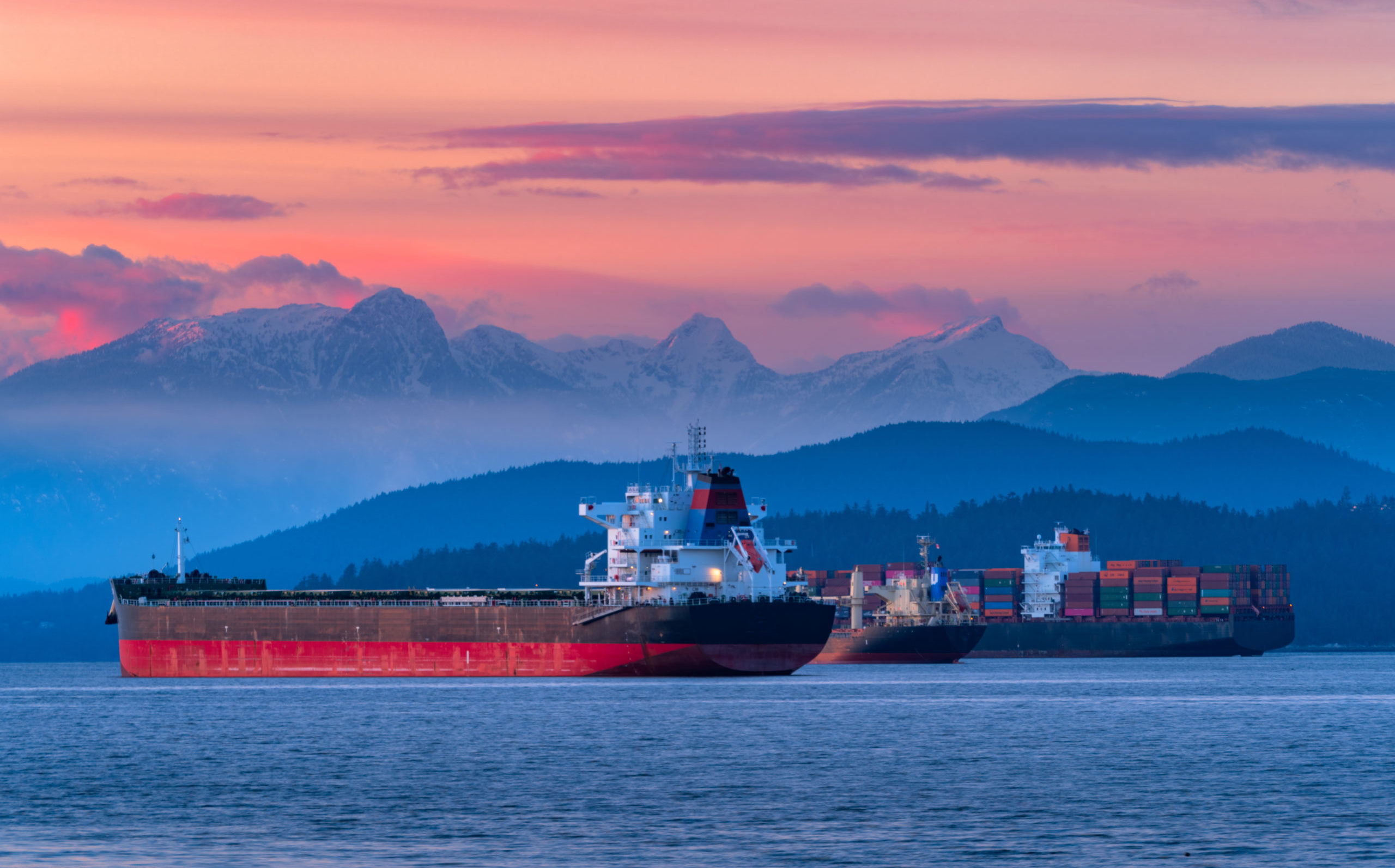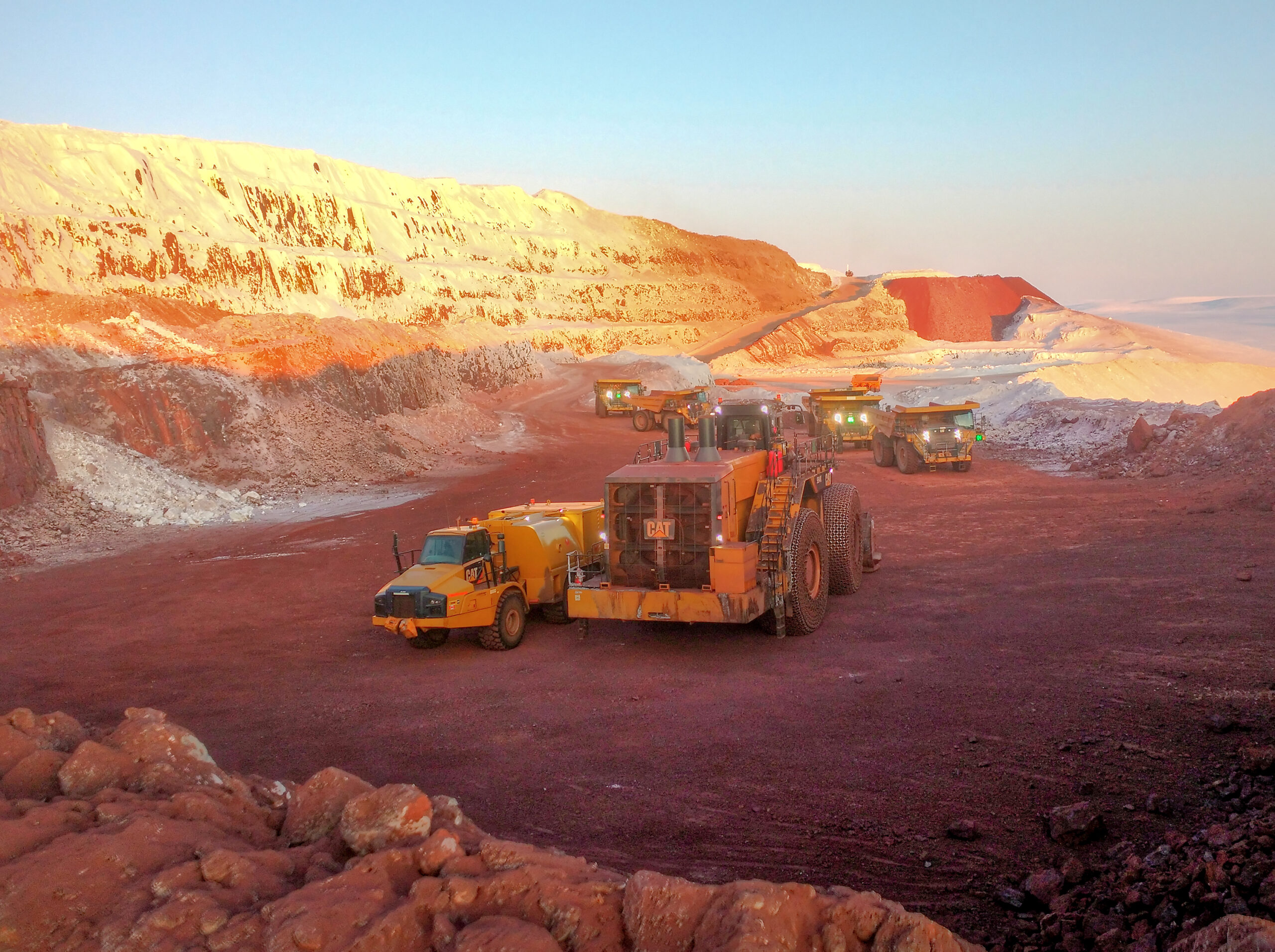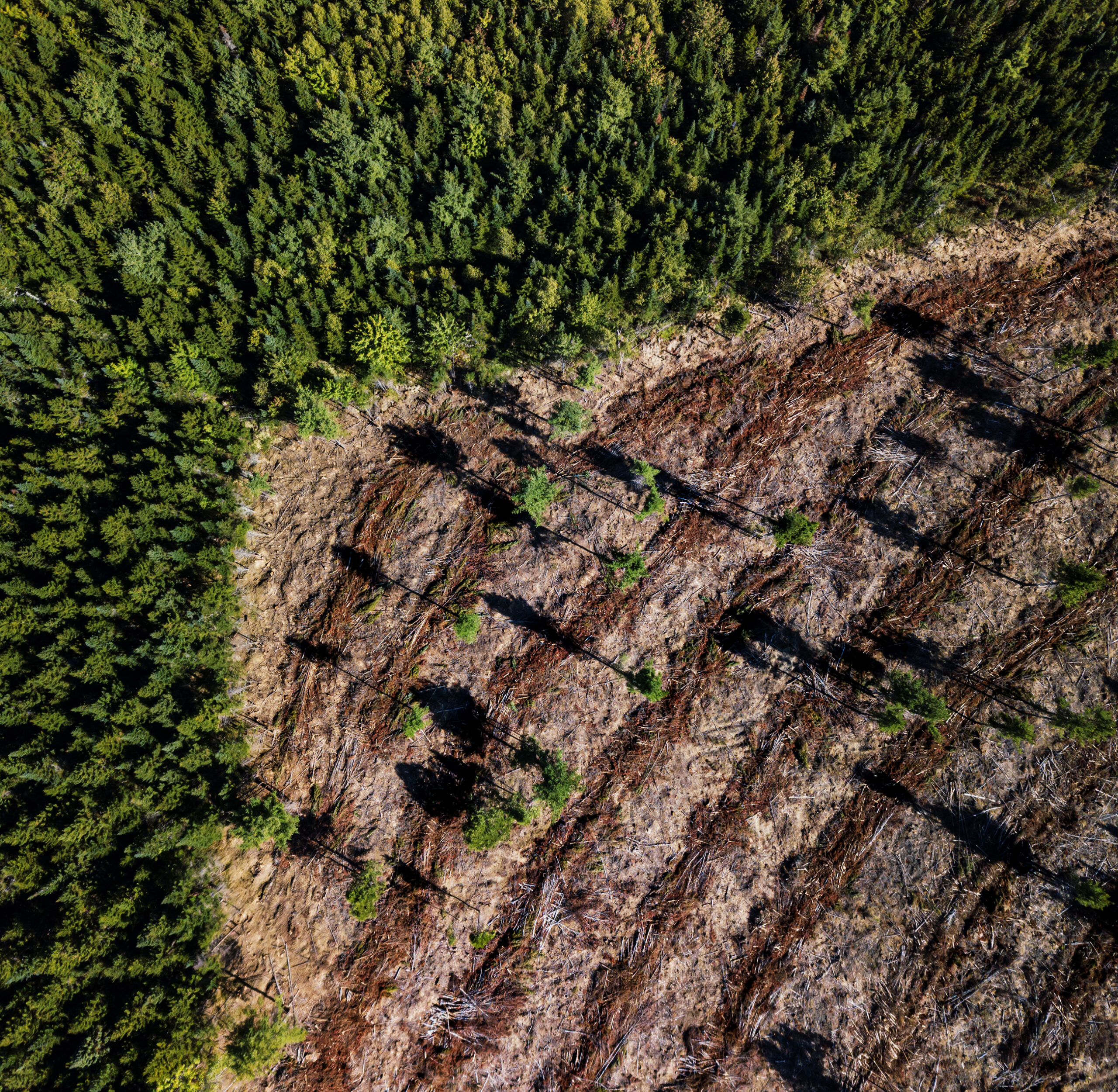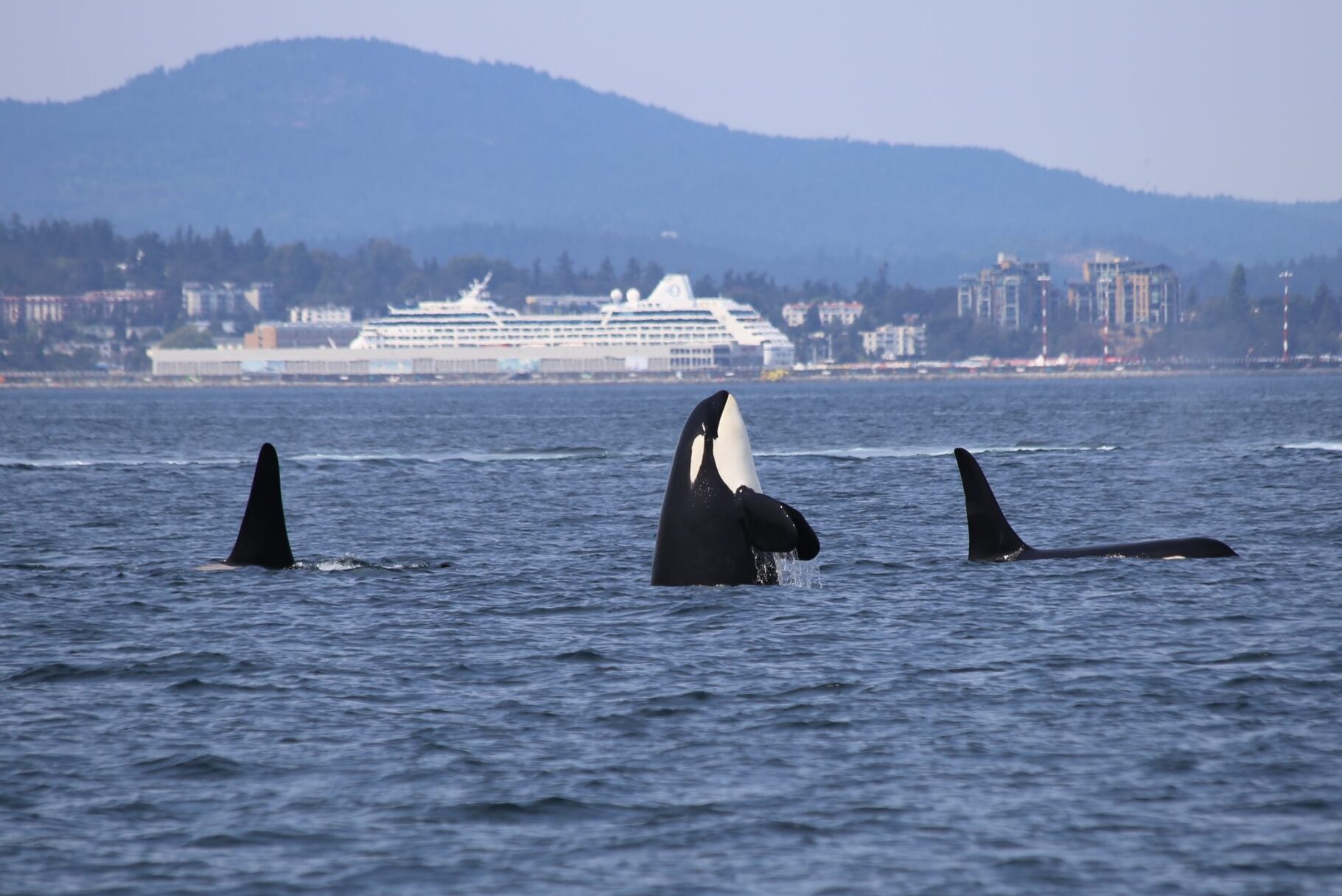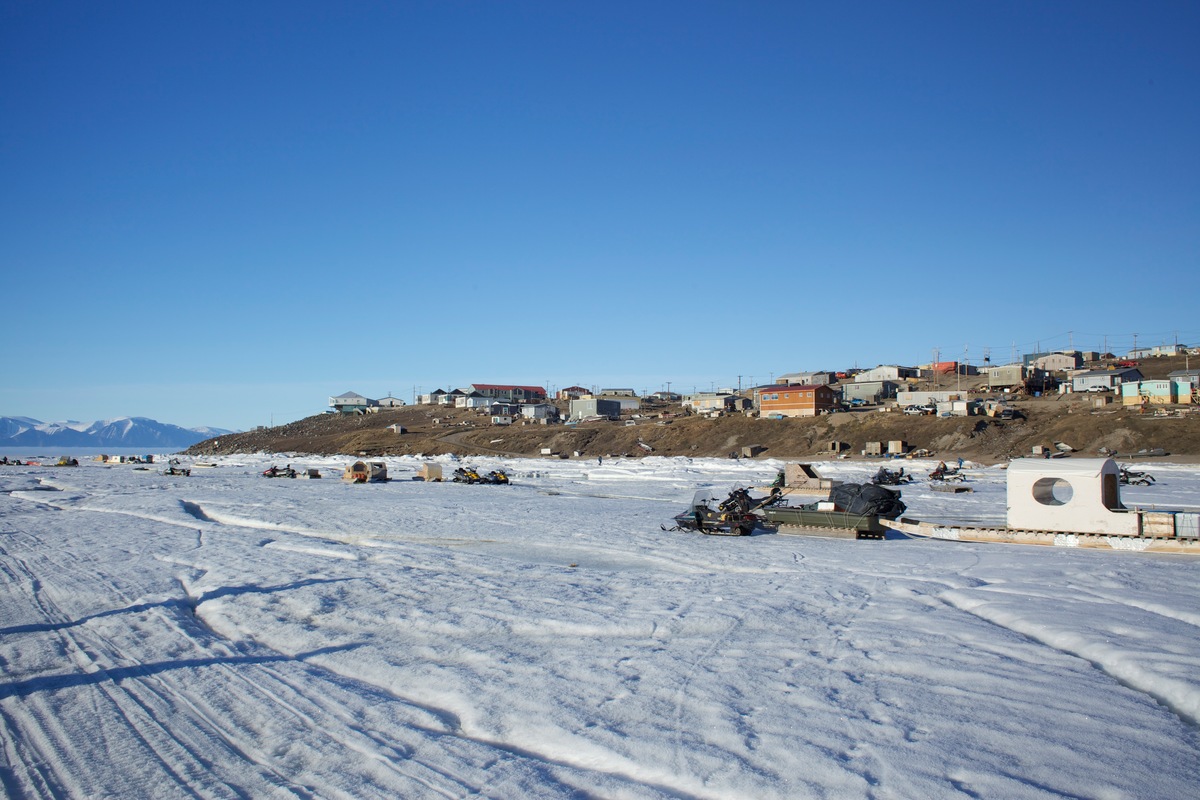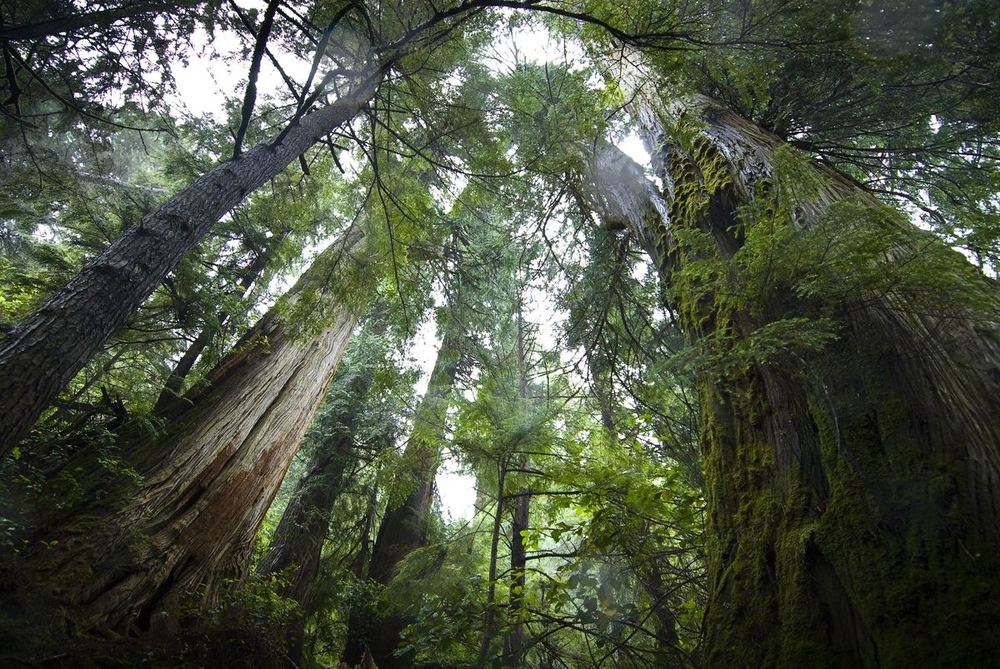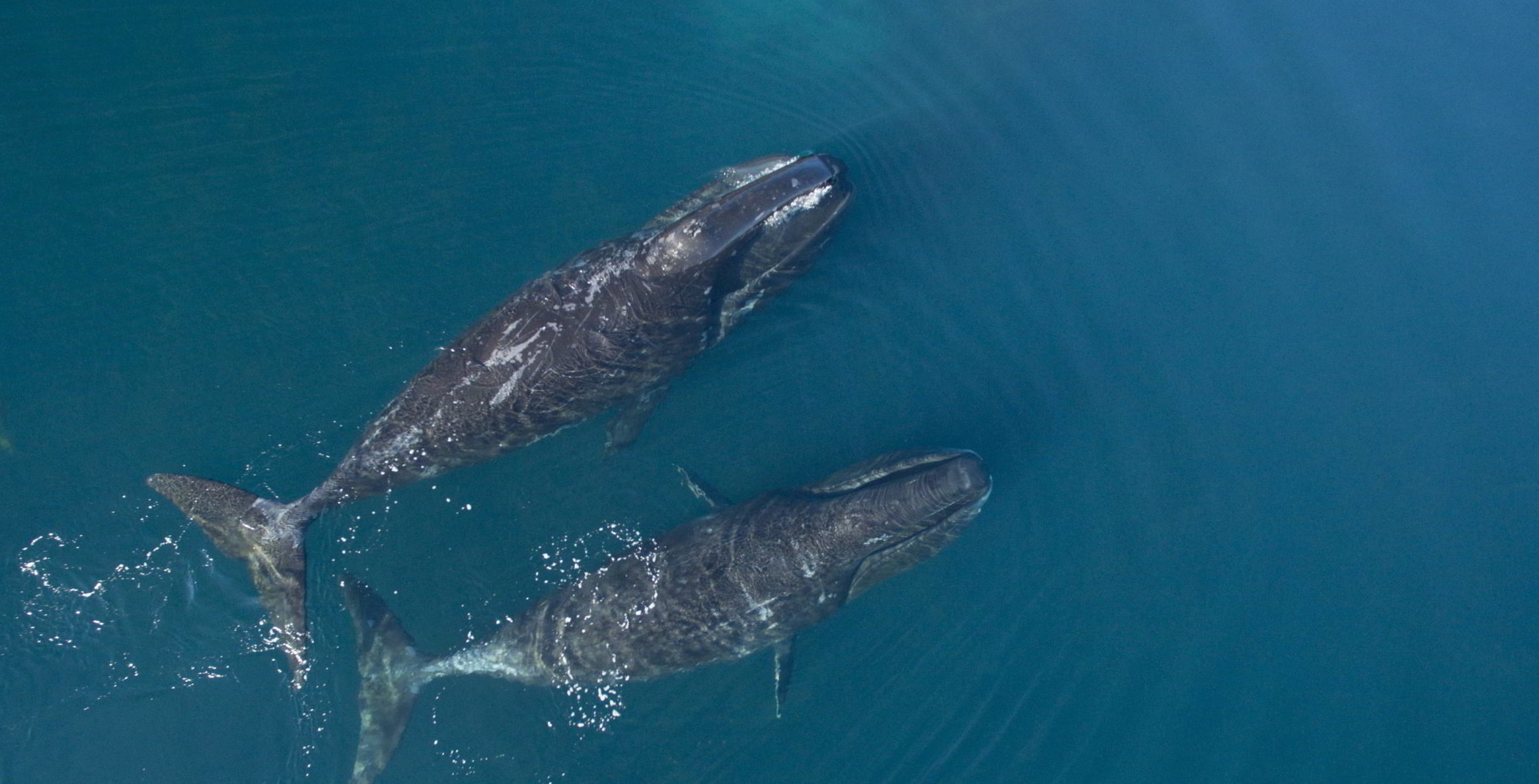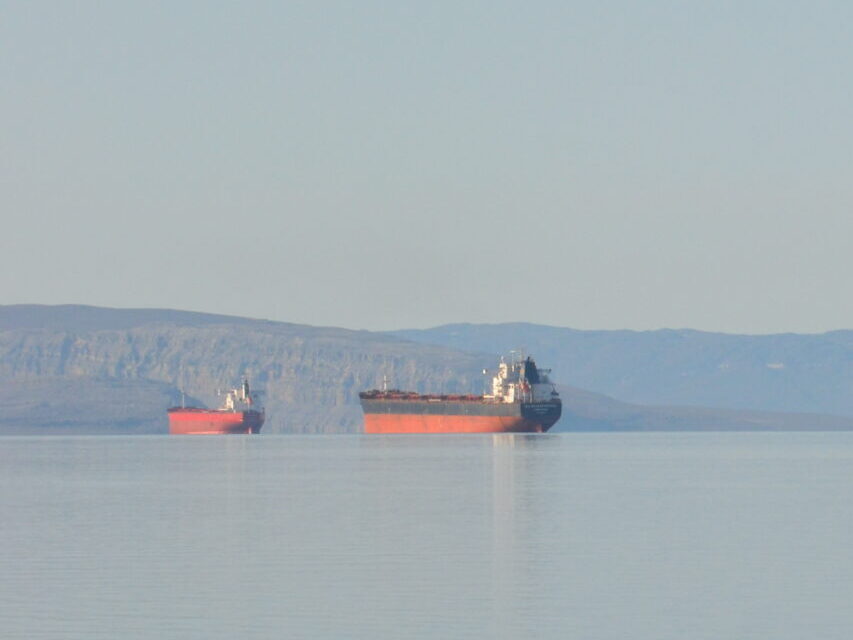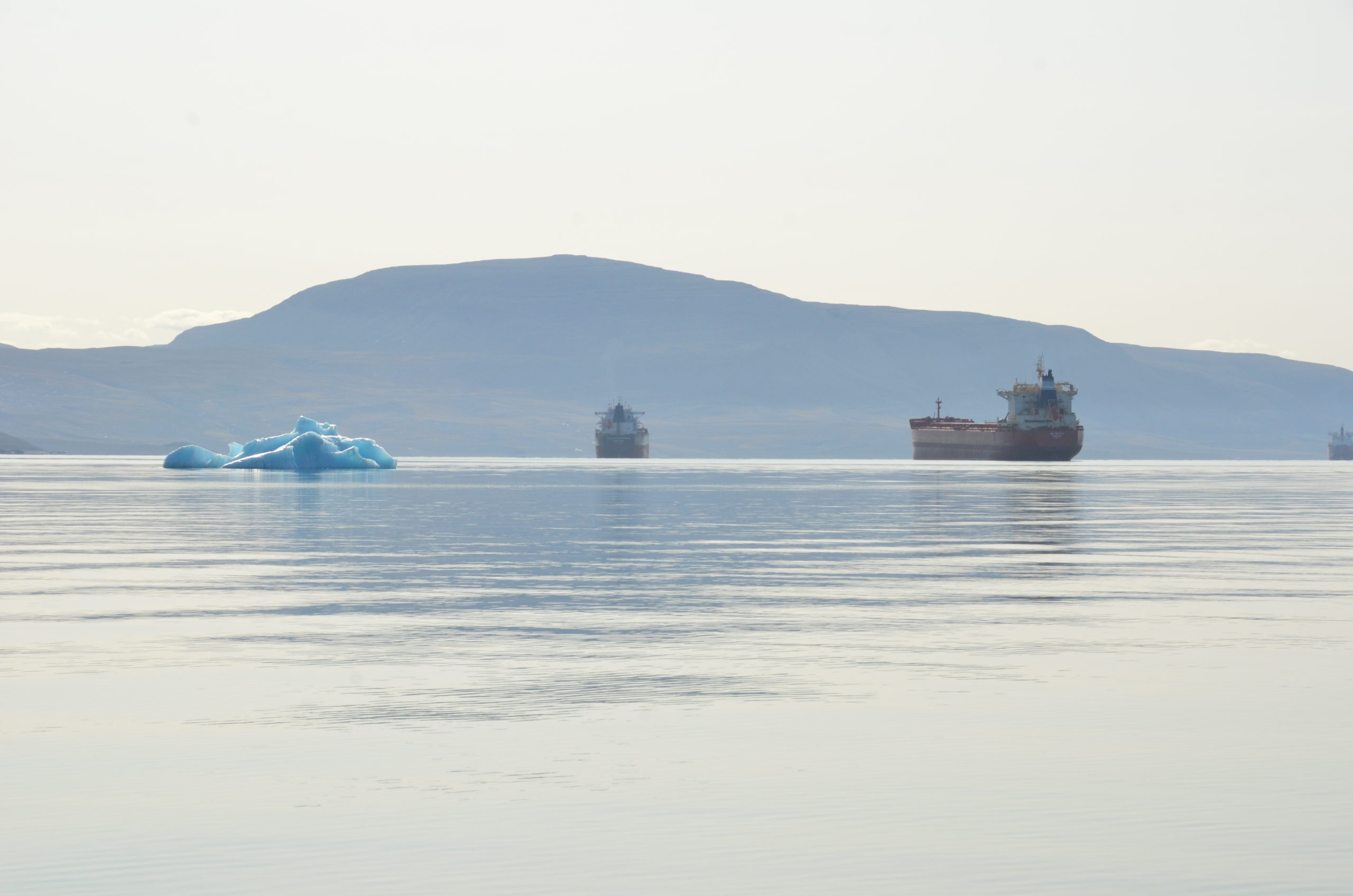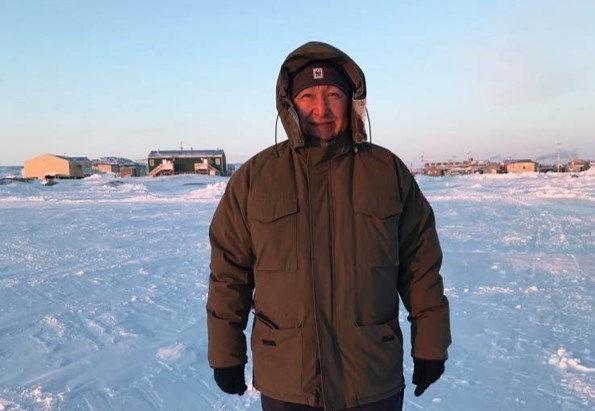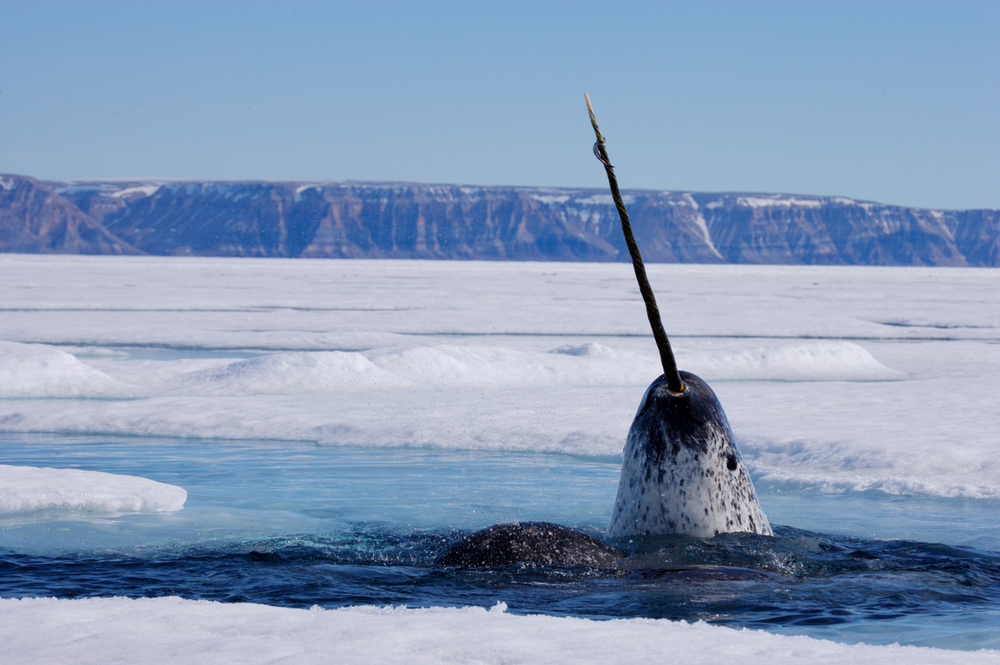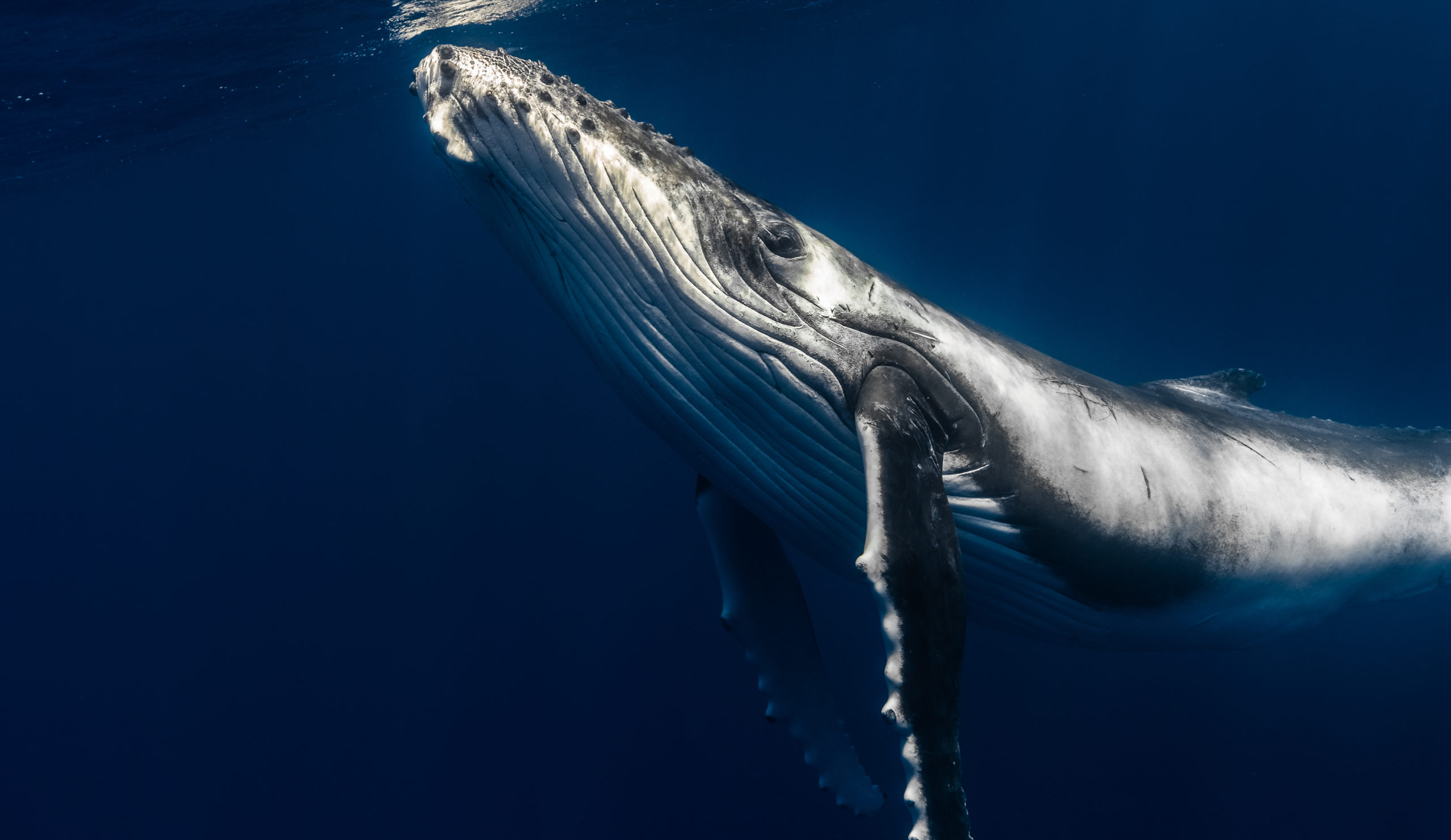While the shipping industry is more efficient than air or land transport in terms of fuel use and cargo space, the sector remains a significant source of greenhouse gases (GHGs) and other climate impacting emissions. In fact, if we compared the global shipping sector’s emissions to those of individual countries, it would rank as the sixth top polluter. Globally, marine shipping produces nearly three per cent of total GHG emissions, and in 2019, the Canadian maritime industry contributed 8 million tonnes of carbon dioxide to the atmosphere. The sheer size of the industry and its projected growth due to increasing global demand means that if left unchecked, the impacts from shipping could cause serious ecological damage.
Aside from emissions, vessel routes are also a concern as they often overlap with critical marine habitats, increasing the chances of ship strikes with animals, which lead to injury and even death. The rumbling noises of passing ships contribute to underwater noise pollution, which can impact a species’ ability to find food, mate, communicate and avoid predators. Accidental spills and routine operational discharges from vessels also have lasting negative impacts on the marine environment, contributing to habitat loss and degradation. WWF-Canada’s 2022 National Vessel Dumping Assessment found that annually, ships produce 147 billion litres of harmful waste in Canadian waters — enough to fill 59,000 Olympic-sized swimming pools every year.
These stressors also affect important coastal ecosystems such as seagrass beds and salt marshes—known as blue carbon—which are critical for climate regulation because they absorb and store carbon. The impacts of shipping don’t stop at the shoreline. Air pollution from exhaust emissions while in port or travelling close to shore also negatively impact the health and wellbeing of coastal communities and wildlife.


